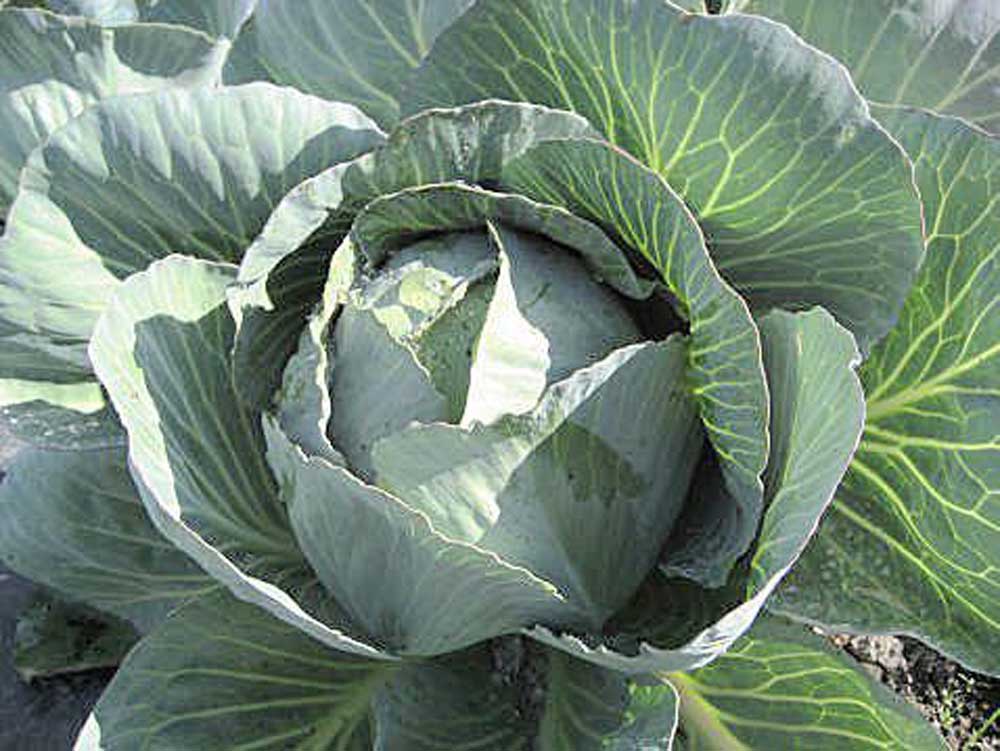USDA: Small farms bear greater food safety costs
Published 2:43 am Tuesday, August 21, 2018

- An upcoming conference will focus of small farm issues.
Complying with the Food Safety Modernization Act will consume a much larger chunk of small farmers’ revenues compared with their larger counterparts, according to USDA.
Fresh produce growers with annual sales above roughly $3.5 million can expect to devote less than a third of 1 percent of revenues on complying with the federal statute, which was enacted in 2011, according to a recent USDA study.
Meanwhile, those with less than $500,000 in annual sales will likely spend about 6-7 percent of their revenues to meet FSMA requirements, such as water testing, worker training and recordkeeping, the study found.
The added expense may prompt some smaller farmers to stop growing fresh produce crops affected by FSMA, or convince them to sell off their operations altogether, said John Bovay, the study’s lead author and an assistant professor at the University of Connecticut.
“Clearly, farms aren’t operating on huge profit margins, especially small farms,” Bovay said. “Consolidation is definitely an option.”
When comparing farms by size, the cost of complying with FSMA increases sharply as farms attain revenues of about $500,000, after which the expense mounts more slowly and then levels off once revenues hit about $3.5 million, the study said.
In effect, the total costs of training workers or testing water are relatively fixed, but bigger farms can spread those expense across a larger revenue base, Bovay said.
“Compliance cost increases with revenue, but at a decreasing rate,” he said.
When the rules associated with FSMA are fully implemented in 2022, the actual cost for large farms may actually be less than the 0.3 percent estimated by the study.
That’s because large growers have already been required by major retailers to adopt food safety practices that will be mandated by FSMA, Bovay said. “It’s going to accentuate the advantage the big guys have, because the big guys are already complying.”
Because following FSMA’s mandates will probably cause a small reduction in the supply of fruits and vegetables, the associated increase in prices will help mitigate costs for the farming industry as a whole, he said.
In general, though, the regulations will make it tougher for small farms to remain competitive while any improvement in food safety will likely take years to recognize, he said.
“Our food safety system is quite good in the U.S. and the risks are quite low,” Bovay said. “It’s not clear they will lead to benefits that exceed costs.”
Since some fruits and vegetables are more likely to be grown by smaller farmers, FSMA costs will be steeper for those crops and the areas where they’re commonly grown, the study said.
For example, the cost of compliance will fall below one percent of revenues for growers of broccoli, carrots, lettuce and spinach.
For producers of such Northwest staples as cherries and pears, however, FSMA requirements will cost nearly 3 percent of revenues on average.
Expenses as a share of revenues also range by state: 1.32 percent for California, 1.38 percent for Washington, 1.67 percent for Idaho and 2.67 percent for Oregon.
It must be remembered that FSMA is only one factor that’s increasing the cost of doing business for farmers, said Mike Doke, executive director of the Columbia Gorge Fruit Growers nonprofit, which represents cherry, apple and pear producers in the region.
“Costs are coming at growers from every angle — from labor to regulation — and this only adds to that,” he said. “They’ve got fixed costs going up and no way to make sure their revenue will go up to match it.”
Oregon and Washington produce about 88 percent of the fresh pears grown in the U.S., often in historical orchards that aren’t easily replaced with other crops, said Kathy Stephenson, director of marketing communications for the Pear Bureau Northwest marketing organization.
“Our average pear grower has 50 acres, so not a lot,” she said.
The true costs of FSMA are uncertain right now because key provisions — such as water testing — are still under consideration, said Kate Woods, vice president of the Northwest Horticultural Council, which represents the growers, packers and shippers of apples, pears and cherries.
Investing in food-grade packing equipment that’s easily sanitized may end up being more expensive than accounted for in USDA’s study, though many costs associated with FSMA are already being shouldered by farmers, she said.
“Most of our industry has been active and engaged in food safety, so they’re not starting at that zero point,” Woods said.






